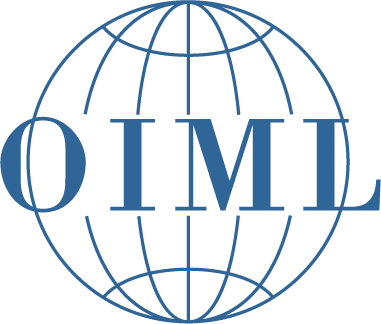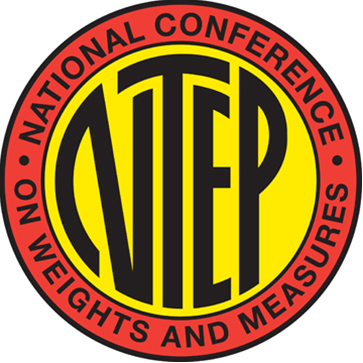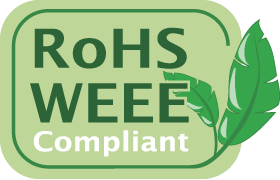


The ISO 9000 family addresses various aspects of quality management and contains some of ISO's best known standards. The standards provide guidance and tools for companies and organizations who want to ensure that their products and services consistently meet customer's requirements, and that quality is consistently improved. ISO 9001:2015 sets out the criteria for a quality management system and is the only standard in the family that can be certified to (although this is not a requirement). It can be used by any organization, large or small, regardless of its field of activity. In fact, there are over one million companies and organizations in over 170 countries certified to ISO 9001. This standard is based on a number of quality management principles including a strong customer focus, the motivation and implication of top management, the process approach and continual improvement. These principles are explained in more detail in the pdf Quality Management Principles. Using ISO 9001:2015 helps ensure that customers get consistent, good quality products and services, which in turn brings many business benefits.

CE is abbreviation of COMMUNAUTES EUROPEENNES. It tells clients the products is up to the request of safety, health even environment. According to the requirements of European board of administration, all products sale in European need CE marking on products.
The science, culture and behavior in every country reflect on its industry standard and laws. Every European country has its own law system, including laws, regulations and non-governmental standard and so on, because of the differences between countries. These strict and complex requirements become trading obstacle. Related units draw up new method of technical standard and program to solve the trading obstacle. According to 100 item b in EEC, All the target of European order must bring into laws. The aim of making these regulations is to establish the rules in health protection, safety and other respect in order to ensure people’s rights and interests. These called necessary rules. These rules are to ensure the products are healthy, do not destroy environment and do harm to clients. The products can be selling in other countries. Factories can prove the products are up to the standard of European order, through sticking CE mark on products. If it is allow that CE mark can be sticking on package or documents. CE mark is only to show the product is up to all related standard.

The International Organization of Legal Metrology is an intergovernmental treaty organization which • develops model regulations, standards and related documents for use by legal metrology authorities and industry, • provides mutual recognition systems which reduce trade barriers and costs in a global market, • represents the interests of the legal metrology community within international organizations and forums concerned with metrology, standardization, testing, certification and accreditation, • promotes and facilitates the exchange of knowledge and competencies within the legal metrology community worldwide, • cooperates with other metrology bodies to raise awareness of the contribution that a sound legal metrology infrastructure can make to a modern economy. The OIML issues several categories of publications: • International Recommendations, which are intended as model regulations for a number of categories of measuring instruments, and which OIML Member States are morally obliged to implement as far as possible; • International Documents, which are informative and are intended for guidance purposes; and • other publications such as Vocabularies, Guides, Basic Publications and Expert Reports. In addition, the OIML has developed the OIML Certification System (OIML-CS). Under the OIML-CS participants declare that they intend to accept and utilize OIML Certificates and/or OIML type evaluation reports from those participants that are entitled to issue OIML Certificates. The OIML is an “international standard-setting body” in the sense of the World Trade Organization's Technical Barriers to Trade Agreement. OIML publications should therefore be applied, when appropriate, by all signatories of the TBT Agreement when developing technical regulations, in application of Article 2.4 of that Agreement

NETP isabbreviation of National Type Evaluation Program. It is international standard procedure of test, inspection and comparison to check whether the scale is up to the weighing and measure standard(Handbook 44)of American. The weighing and measure standard(Handbook 44)of American is the standard that the office, government, factory, dealer and maintenance company obeyed. NTEP is made by NCWM(National Conference On Weights & Measures)and NIST(National Institute For Standards And Technology. It is issued in 1985/01/01 in United State.

This document shall serve as formal declaration that product manufactuared by EXCELL are in compliance with the European Union RoSH Directive 2002/95/EC with respect to the following substance:
Leab (Pb)
Mercury (Hg)
Cadmium (Cd)
Hexavalent Chromium (Cr6+)
Polybrominated biphenyls (PBB)
Polybrominated biphenyls ethers (PBDE)
We assure that any potential trace contamination levels of the substances are below the maximum level set by EU 2002/95/EC,or are exempt due to their application. Compliance is evidenced by written declaration/test report from our suppliers, assuring that materials we used in manufacturing process are Rosh compliant.
We hereby declare that we’d full honor the contents of this contract. In case of breach & failure of this warranty contents, we declare that we’d take full responsibility for the substantial& related damage.